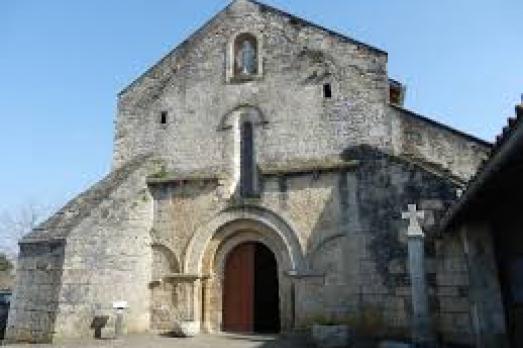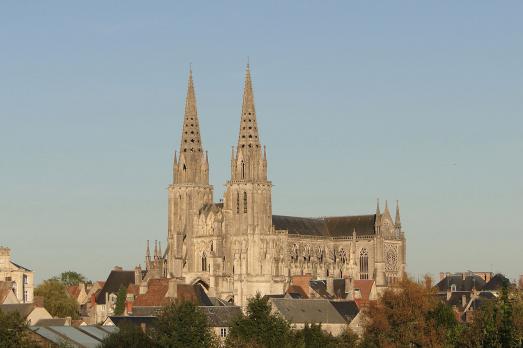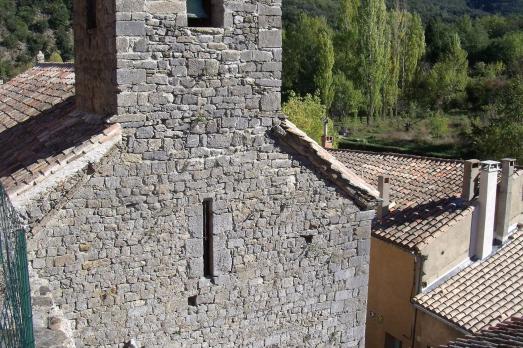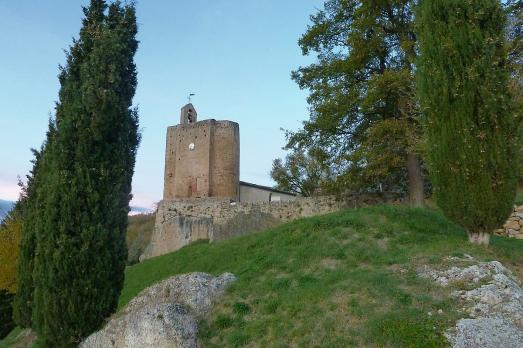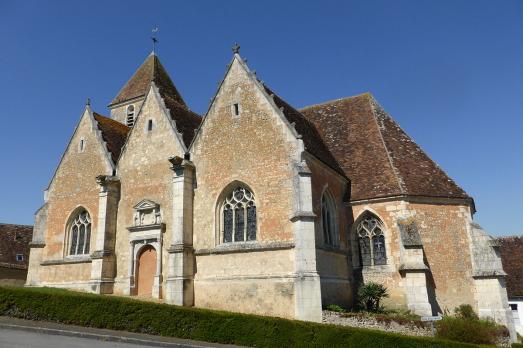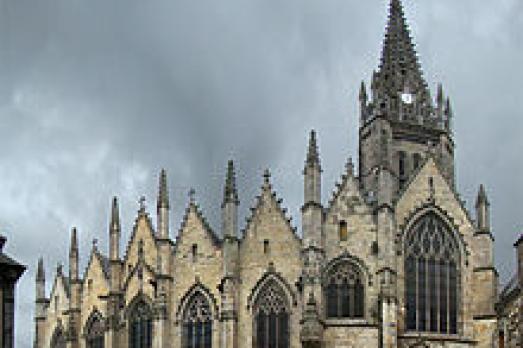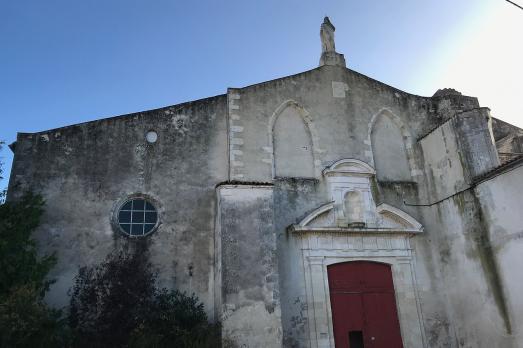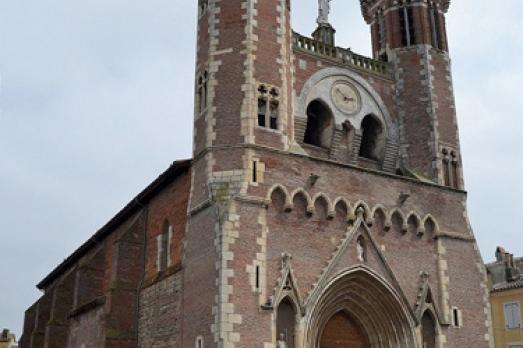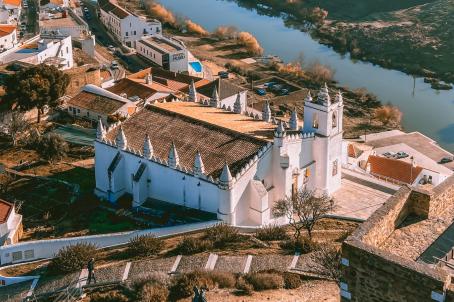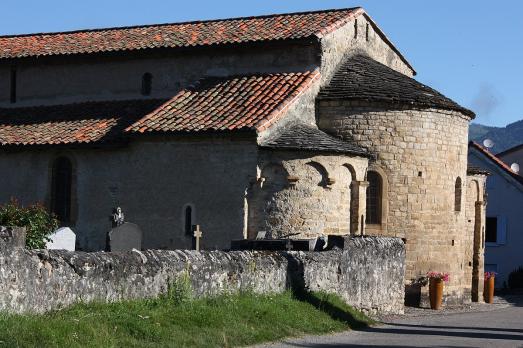
Church of Notre-Dame, Oust
Oust , FR
Notre-Dame de Vic is a real treasure: its architecture as well as its furniture is quite remarkable for this sector of the Pyrenees. The building shelters marvels of different artistic times. It is the largest and most imposing Romanesque church in Couserans, after the lower cathedral of Saint-Lizier. It is also the only one to have a basilica plan. The construction of the building began at the end of the 11th century, as evidenced by the bedside, devoid of ornamentation, typical of early Romanesque art.
